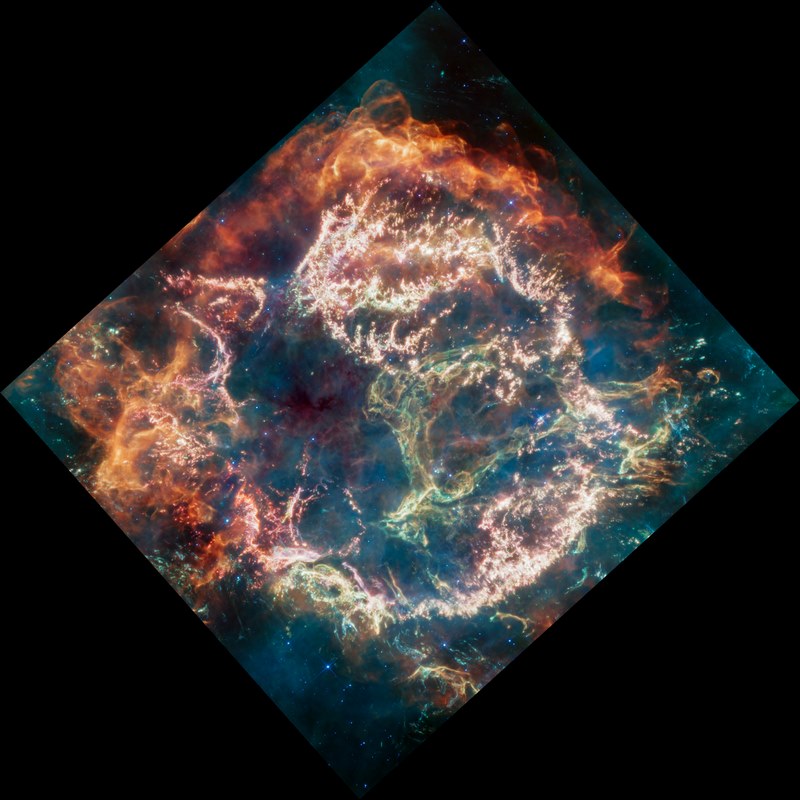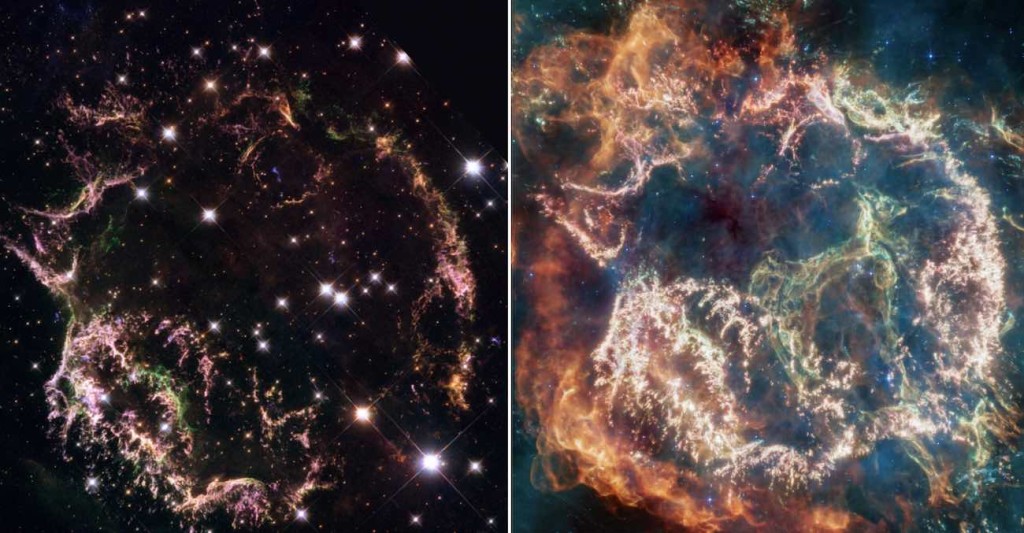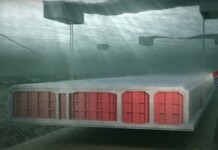
In a stunning new picture from NASA’s James Webb Space Telescope, a recently exploded star is lit up in a dozen colors, with each carrying a different explanation.
More than just beauty, the image helps scientists understand one of the most important phenomena in space: the presence of dust.
Scientists have known for decades that galaxies are filled with dust clouds of heavy metals, but they haven’t had conclusive evidence that their chief culprit, supernovae, is in fact the source.
In the new infrared image from James Webb, the supernova Cassiopeia A is dissected 340 years after its fuse first blew. Cas A is the youngest known remnant from an exploding, massive star in our galaxy, and as such offers an excellent opportunity to study one.
The top and left sides of the image are lit up in red and orange from the energy of the explosion impacting the surrounding gas and dust, while the inner, pink-white circle studded with knots is the remains of the star itself.
The inside is the so-called “Green Monster,” an ode to Fenway Park in Boston, which the scientists aren’t sure what to make of. The whole image is 10 light years from side to side.

The story of the explosion of a star is the story of humanity—and everything else for that matter, since all the heavy metals—the calcium in our bones, the iron in our blood, the gold in our investment accounts—came from the explosions of stars.
OTHER JAMES WEBB IMAGES: Photo of the Pillars of Creation Shows the Lens Upgrade of Webb vs Hubble: A Heavenly View
“By understanding the process of exploding stars, we’re reading our own origin story,” Danny Milisavljevic of Purdue University, lead investigator for the study of these images, told NASA news.
“I’m going to spend the rest of my career trying to understand what’s in this data set.”
Purdue and NASA released a zoomable version of the photo which you can see on this webpage.
SHARE This Beautiful Image with Your Friends…




















All I can say is…………..WOW!